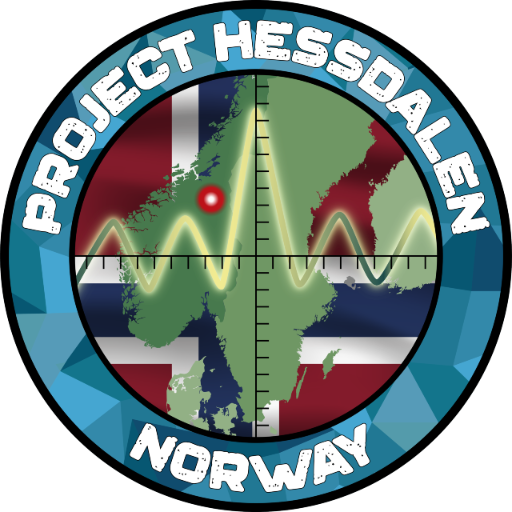Stream Stacker
One of the detection systems which are running in the BlueBox is the so called StreamStacker. It is a custom software that turns video files into a single picture similar to long time exposures with normal cameras. This helps to detect anomalous phenomena within the video files by eye. Since there are multiple possible phenomena, some maybe even unknown to date, stacking the videos is one possibility to not miss important events.
Working principle:
Two Dahua N85EFN2 cameras are currently attached to the mast of the BlueBox and recording 24/7 in 4k (3840 x 2160) with 25 frames per second (fps). They look into the west (cam1) and the south (cam2) of Hessdalen. Both cameras’ streams are saved to disc as 20 minute video segments. This results in 45 GB of data per camera per day.
Due to a lack of volunteers to view this extremely fascinating Hessdalen landscape videos ;-) each 20 minute video segment is „stacked“ into two single image files
Since it would be extremely time consuming to watch all those fascinating Hessdalen landscape videos, each video segment is „stacked“ into single image files.
The stacking can be compared to traditional photography: When a single picture is shot with a long exposure time, stars create trails within the picture because they move during the exposure time.
Instead of one single picture with a long exposure time we stack frames from the 20 minute video file. This way we create a similar effect like a long time exposure picture would have. This helps to identify moving objects because the movement becomes visible in the stacked image.
The principle can be seen in the following videos, showing the trails of bright objects like stars and satellites and also dark objects like birds, insects or planes. We are not only calculating a long time exposure for the brightest pixels in the video but also an image for the darkest pixels in the video. This way birds, insects (and crafts) can be seen as dark trails in the bright sky.
The stacks since September 2024 are available on our public Google Drive:
https://drive.google.com/drive/folders/1ZgBdcY2WFDaCpwQCXlTdw7DKfkEapD4s?usp=drive_link
The original video files are available on request (due to their big file size) dating back to November 2024.
For interesting events, the original video files are uploaded to the Google Drive. Also a full day of videos is available on the drive for everyone to test own image processing techniques..
This code was developed by Rainer
Contact him if you would like to use this code for your project.
Important detail:
The software is programmed to stack every second frame of the video file. This way, fast moving objects like meteors leave a dashed line in the sky because they travel a significant distance in the video frame. Slow moving objects like planes or most satellites are slower and produce continuous trails because they are present within every frame.
NB: Very bright objects can leave “shadows” also in the images stacked for darkest pixels. This has to do with the h264 video compression of the video streams. We also see internal lens reflections from the moon and the sun and several other artifacts in the images and videos. Join our Discord server for a lively discussion of the found events: http://discord.hessdalen.org/
Here is a list of stacks showing different mundane events. Remember: these pictures are a long time exposure over 20 minutes.






